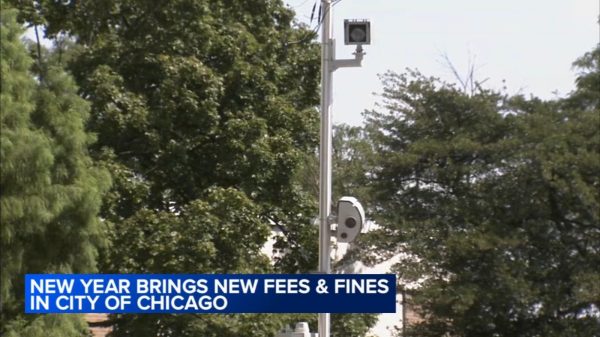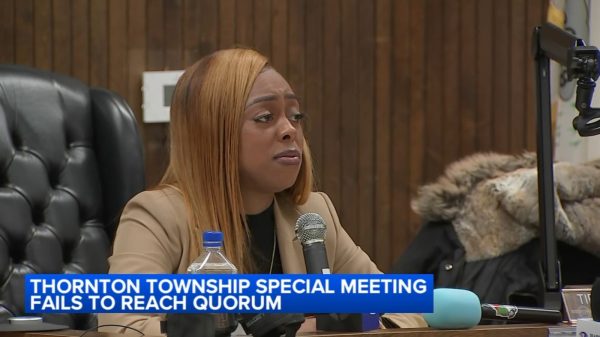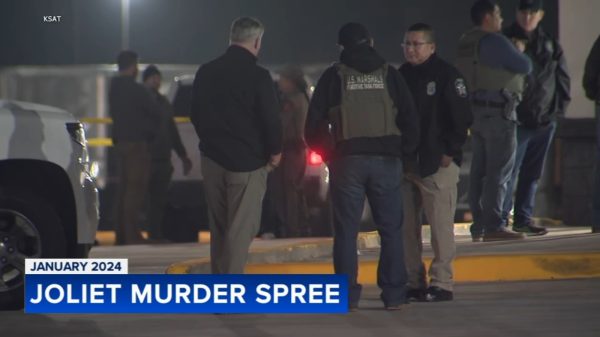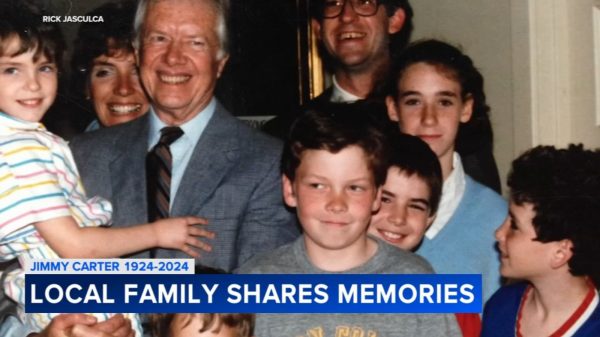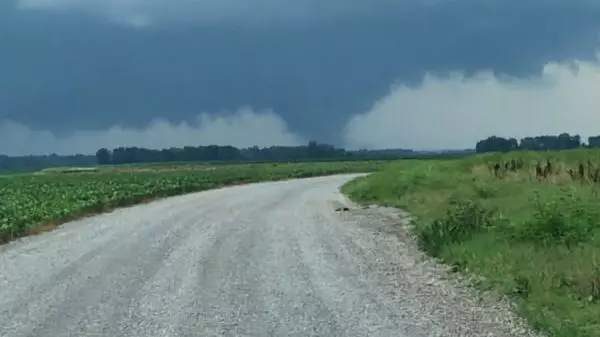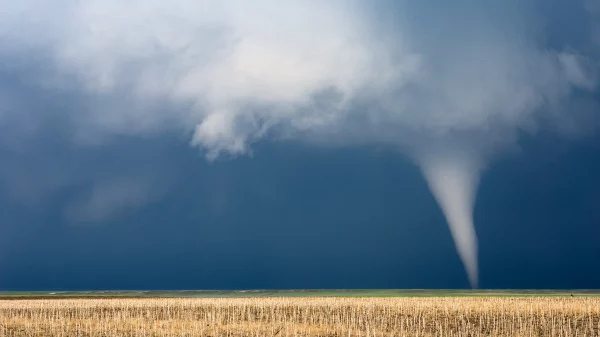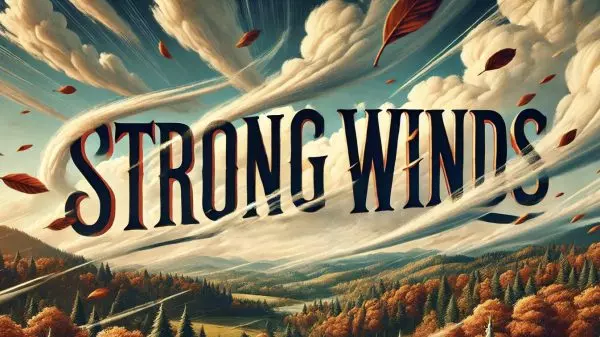Unveiling Charlotte’s Most Risky Neighborhood Sheds Light on Citywide Challenges
Lakewood Named Charlotte’s Most Dangerous Neighborhood: Highlighting Urgent Issues for City Improvement
A new study looked at a variety of Charlotte communities. They wanted to know which one was the riskiest to live in. In 2024, Lakewood was recognized as the worst neighborhood. This suggests that it is underperforming in terms of safety and other critical characteristics compared to other locations.
The selection of Lakewood as the most dangerous area indicates that Charlotte faces more serious issues. While Charlotte is known for being a bustling city with many neighborhoods, some areas, such as Lakewood, face larger issues than others. Lakewood residents may be more worried with employment, crime, and access to critical services. To improve circumstances in neighborhoods such as Lakewood, the city and its inhabitants must work together.
READ ALSO: 2024 Top 10 Worst Neighborhoods In Memphis You Must Know Now!

Charlotte’s Top 10 Notorious Neighborhoods: The Most Dangerous Areas Revealed! (PHOTO: WFAE 90.7)
Transforming Lakewood Sparks Citywide Engagement for Safer, Inclusive Charlotte
Charlotte might improve if it focused more on finding solutions to problems in neighborhoods like Lakewood. This means that infrastructure and human services investments must be made, and everyone must be involved. Even with all of its issues, calling Lakewood the worst neighborhood could motivate individuals to do positive things. Ensuring that every part of Charlotte is safe and welcoming for all citizens is the aim.
Charlotte’s Top 10 Notorious Neighborhoods
1. Lakewood
The 649-resident Lakewood neighborhood in Charlotte is becoming the most dangerous place to live because of the startlingly high crime rates there. Safety is a major worry for the residents, with 10,314 property offenses and 4,188 violent crimes per 100,000 people. Additionally, Lakewood’s financial situation is dire; with a median property value of $85,500, it ranks among the fourth worst in the city, and its median income of $33,581 ranks it among the thirteenth worst. These numbers highlight the challenges residents have in maintaining a secure and well-kept neighborhood.
2. Tryon Hills
Tryon Hills, a neighborhood in Charlotte with 855 residents, has significant problems with both safety and the economy. Despite being close to city services like stores and parks, Tryon Hills has high crime rates: 3,837 violent crimes and 8,814 property crimes per 100,000 residents. The region is the third lowest in the city with an average salary of $26,519, and it is the 49th poorest with a median property value of $151,050. The high unemployment rate of 10.4%, which is a reflection of the difficulty locals have finding job, exacerbates the community’s financial problems. These issues show how money and support are required to improve the quality of life for those who live in Tryon Hills.
3. Pinecrest
Pinecrest, a small neighborhood in Charlotte with only 213 residents, struggles in spite of its notable landmarks, which include the Carolina Golf Club and New Shiloh Baptist Church. While there are recreational opportunities in these areas, Pinecrest is struggling financially. Its 8.7% unemployment rate and low-paying career possibilities make its median income of $37,206 the lowest in the city. Because there is limited retail space and amenities, residents struggle with a lack of resources. The high crime rates in the neighborhood—5,563 property offenses and 4,917 violent crimes per 100,000 residents—make the issues much worse. These issues highlight the need for support and vitality programs in Pinecrest in order to improve living conditions for its residents.
4. Smallwood
Smallwood is a thriving neighborhood in Charlotte with 1,495 residents where a strong feeling of community endures despite hard times financially. featuring historical locations like the King Jr. Locals enjoy the Park and the historic Savona Mill, which is currently undergoing restoration, as well as their environs. However, the neighborhood’s 8.8% unemployment rate and $36,891 median income—which ranks it as the 22nd poorest neighborhood in the city—indicate that the community suffers difficult economic conditions. The area is mostly residential, thus there aren’t many facilities, which highlights the need for greater development. Notwithstanding these difficulties, Smallwood’s vibrant sense of community emphasizes its flexibility and room for expansion under the right circumstances.
5. JT Williams
In JT Williams, a Charlotte community with 389 residents, financial hardships mingle with concerns about safety. Even though the crime rate is somewhat lower than in comparable regions (1,299 violent crimes and 5,032 property crimes per 100,000 people), residents still struggle with housing affordability and income levels. With a median salary of $35,625 and an average home worth of $88,100, respectively, it ranks 19th and 5th in the city, indicating that financial security is still a challenge for many. These numbers demonstrate the ongoing struggles that residents of JT Williams confront as well as the resources and help that are needed to improve opportunities and living conditions in the neighborhood.
6. Jackson Homes
Jackson Homes is a small community in Charlotte with 217 residents who struggle with persistent safety concerns and financial hardships. Even while violent crime rates in this community are far lower than in nearby communities—1,335 incidences per 100,000 inhabitants—property crime remains a big issue, with 5,172 cases per 100,000 residents. The average housing value of $92,600 in the city ranks ninth worst, and the median income of $30,179 ranks eighth worst, indicating that the people living there are struggling financially. These numbers demonstrate the pressing need for support and interventions to address the underlying issues jeopardizing the well-being of Jackson Homes residents.
7. Reid Park
Reid Park, a 1,714-resident Charlotte neighborhood, includes green areas and tourist destinations like the Carolina Golf Club, but it also faces safety issues and financial difficulties. While violent crime rates are lower than in other locations (2,549 incidences per 100,000 people), property crime is still a big problem (5,269 events per 100,000 people). Reid residents continue to confront financial instability and restricted job opportunities due to the neighborhood’s 9.2% unemployment rate, underscoring the need for support and programs aimed at improving living conditions. The neighborhood is ranked 19th worst in the city for median home value, $110,767, and 20th worst for median income, $35,703.
8. Todd Park
There are still issues related to safety and the economy in the 1,617-resident neighborhood of Todd Park in Charlotte. Despite violent crime rates being lower than in comparable locations at 2,328 incidents per 100,000 people, property crime remains a significant concern at 7,810 incidents per 100,000 people. The neighborhood’s median income of $29,432, which ranks sixth in the city, and average property worth of $122,400, which ranks 28th worst in the city, demonstrate the financial hardships that its residents face. Todd Park’s high proportion of low-income households and dearth of employment options highlight the neighborhood’s ongoing financial difficulties and the urgent need for aid and resources to enhance the quality of life for its residents.
9. Druid Hills North
The 669 people of Charlotte’s Druid Hills North neighborhood endure economic and safety challenges. Property crime is a big worry, with 5,032 occurrences per 100,000 people, despite the fact that the violent crime rate is lower than in comparable areas, at 1,299 incidences per 100,000 people. The neighborhood’s average income of $36,080, which ranks second in the city, and median property value of $92,600, which ranks ninth worst, highlight the financial hardships that the residents face. Druid Hills North is still experiencing economic insecurity as a result of a high proportion of low-income households and a lack of job opportunities, emphasizing the need for programs and support to improve the community’s welfare.
10. Capitol Drive
In Charlotte’s Capitol Drive area, which has 573 residents, there are recurrent concerns about safety and the economy. Property crime is a serious worry, with 5,172 events per 100,000 people, despite the fact that violent crime is substantially lower than in other areas (1,335 incidences per 100,000 people). The neighborhood’s typical property value of $92,600, which ranks it as the 9th poorest in the city, and median income of $30,179, which puts it as the 8th worst, highlight the financial difficulties that its residents endure. Capitol Drive continues to confront financial difficulties due to a large proportion of low-income households and a lack of job opportunities. This emphasizes the importance of implementing assistance measures to improve community living conditions.
READ ALSO: 10 Most Dangerous Cities In Oklahoma – Darkest Spots!

